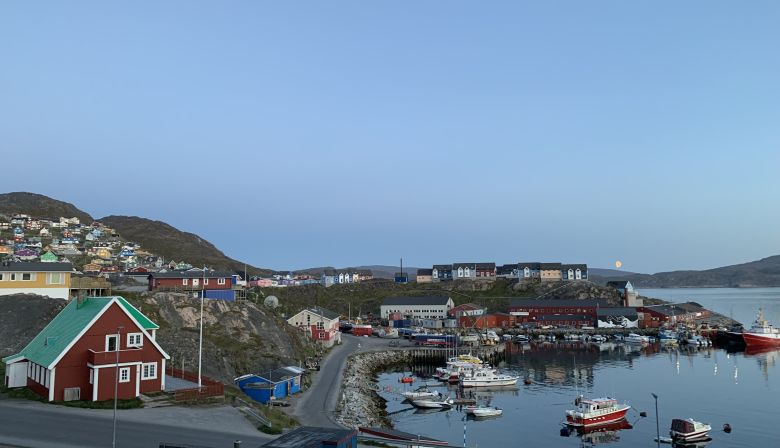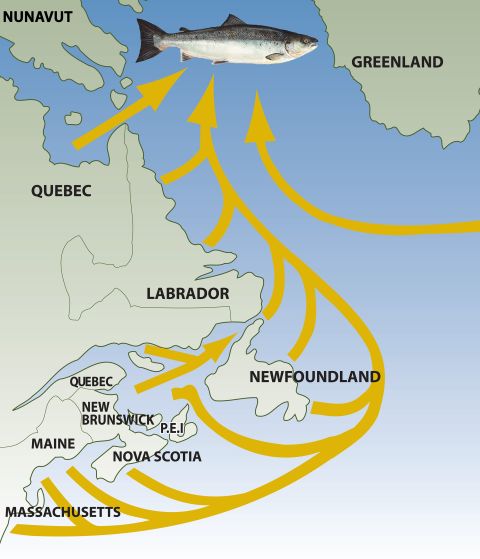
Subscribe & stay up-to-date with ASF


Earlier this month ASF leaders participated in a call with Greenland government representatives to get a final report on last year’s Atlantic salmon fishing season which ran from August 15th to mid October.
Officials had tallied all catch reports and estimated that Greenlanders harvested 26 metric tons of salmon in 2022. Equal to approximately 7,800 fish, it’s the lowest number in more than a decade.
“We’re pleased that Greenland, our partners, and the international community is taking wild Atlantic salmon conservation seriously,” said Bill Taylor, President of ASF. “The Greenland fishery has a direct effect on the sustainability of all Atlantic salmon populations, and smarter, more careful management is welcome.”

Atlantic salmon from more than 2,000 rivers in North America and Europe migrate to Greenland’s coastal waters during their ocean life phase. Salmon from relatively healthy rivers mix with fish from critically endangered populations, and it is impossible for fishermen to tell the difference.
As a result, the International Council for the Exploration of the Sea, a scientific organization contracted to provide non-biased fishery advice to governments, continues to recommend no salmon fishery at Greenland.
In 2022, there were nearly 400 professional fishermen who sell Atlantic salmon domestically, and more than 500 private license holders who fish for food. There is no export of Atlantic salmon permitted. Over 90% of all license holders reported their catch, up from less than 20 per cent a decade ago.

The modernization of the Greenland Atlantic salmon fishery began in 2018, after ASF, the North Atlantic Salmon Fund, and KNAPK, the union representing commercial fishermen, signed a 12-year Greenland Salmon Conservation Agreement.
The agreement established a 20 metric ton target and a schedule of education and business grants to be paid to fishermen, through KNAPK, if the harvest met or went under target. It also helped spark Greenland government reforms, including mandatory licensing and catch reporting for all salmon fishermen.
Prior to 2018, surveys showed the unreported catch of Atlantic salmon in Greenland was significantly higher than official figures. For example, in 2014 when researchers surveyed professional fishermen, they estimated the unreported catch was approximately 35 tons, compared to a reported catch of 56.2, for a total harvest of 91.2 tons or about 27,360 salmon.
Virtually no private fishermen reported their catch and only about one in four professional license holders did so.

International pressure has also contributed to enhanced management of the Greenland Atlantic salmon fishery. At the North Atlantic Salmon Conservation Organization annual meeting last year, delegates from Canada and the United States helped convince the Greenland government to agree to a three-year, 27 ton quota for Southwest Greenland, and to close the fishery when 49% of the allowable catch was recorded through real-time reports.
This was necessary after late reporting in other years since 2018 caught managers off guard and pushed the harvest higher than expected.
The current Greenland Salmon Conservation Agreement is the third that ASF and NASF have signed with fishermen in the Arctic country. Previous agreements covered 1993, 1994, and the period between 2002 and 2010. They all correlate with increased adult salmon returns to North America. During the years the agreements have been in effect, it is estimated more than 200,000 large adult salmon were saved.